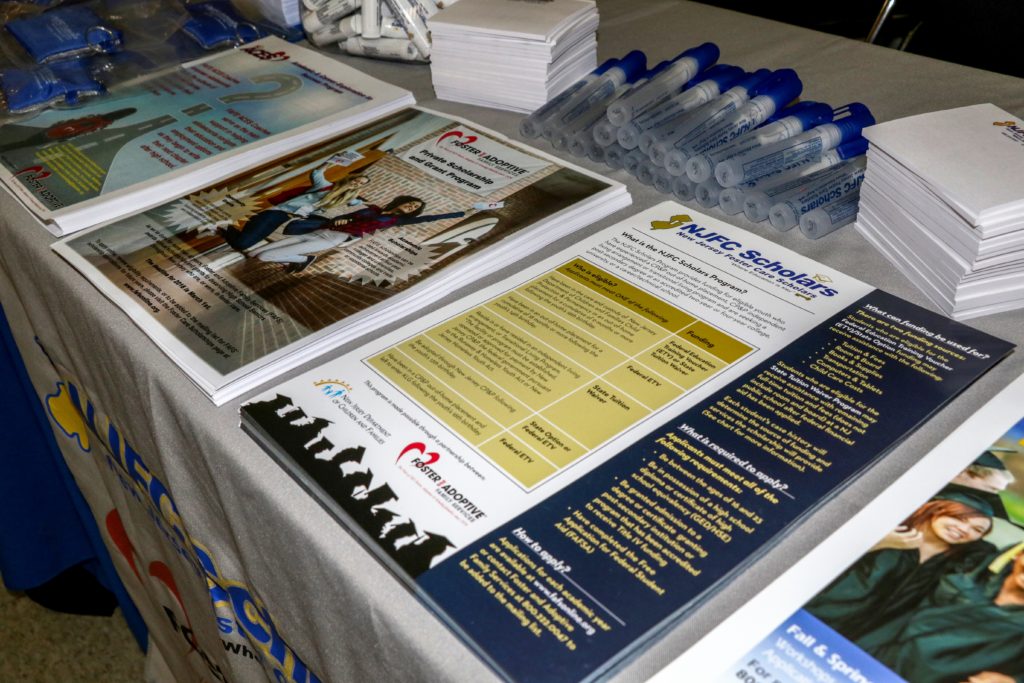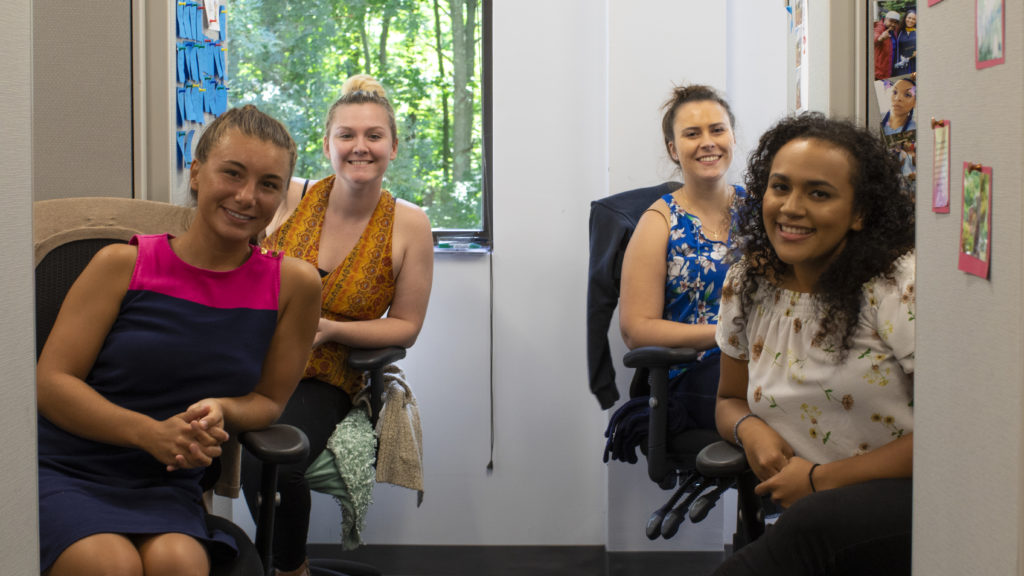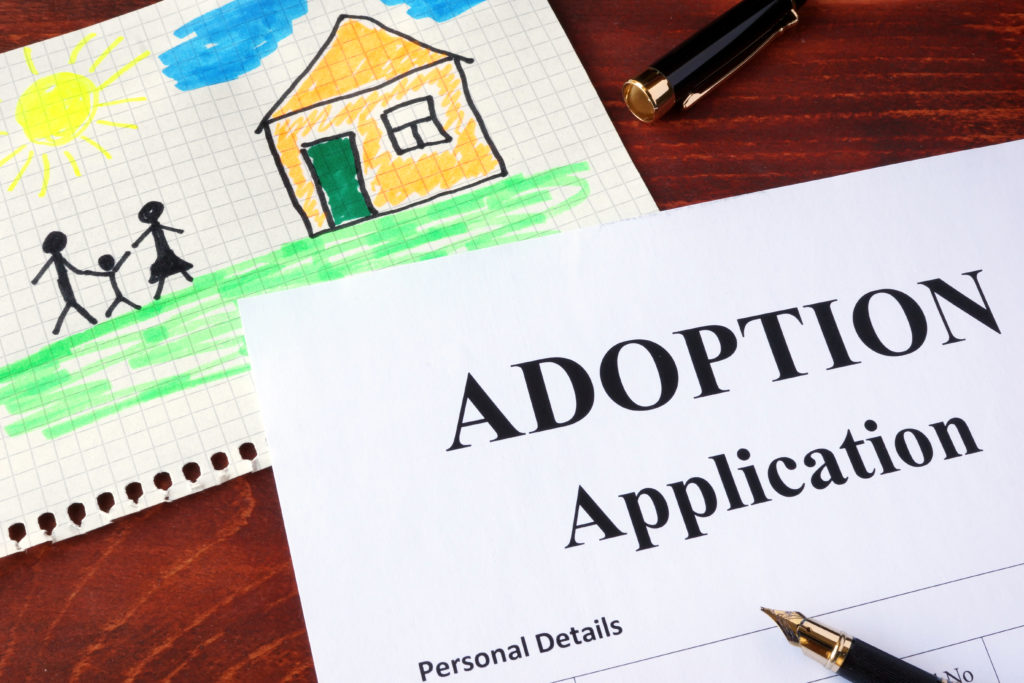A recent study by the Annie E. Casey Foundation found the number of children in kinship care rose by 18 percent in the last decade across the country. However, only five percent of that number are living with licensed kinship families.
Currently, there are 2.5 million children in kinship care – both informally and formally (licensed by the state). This is five times the number of children in foster care. Continue reading






